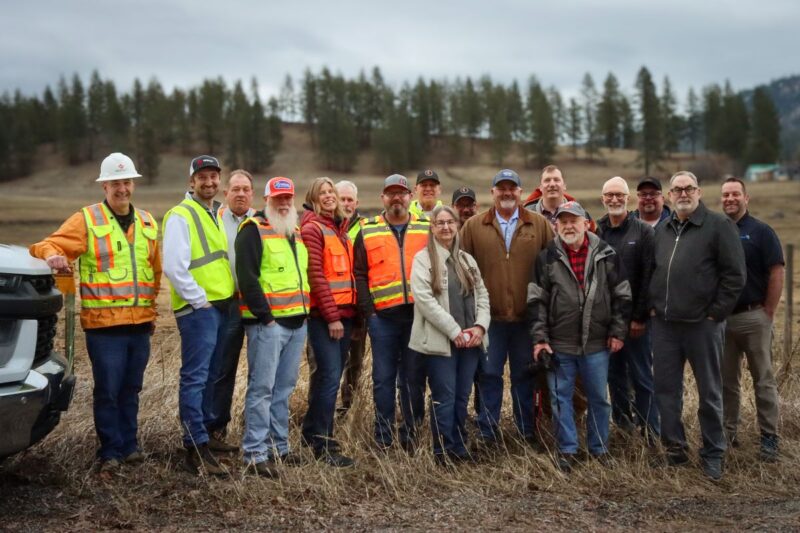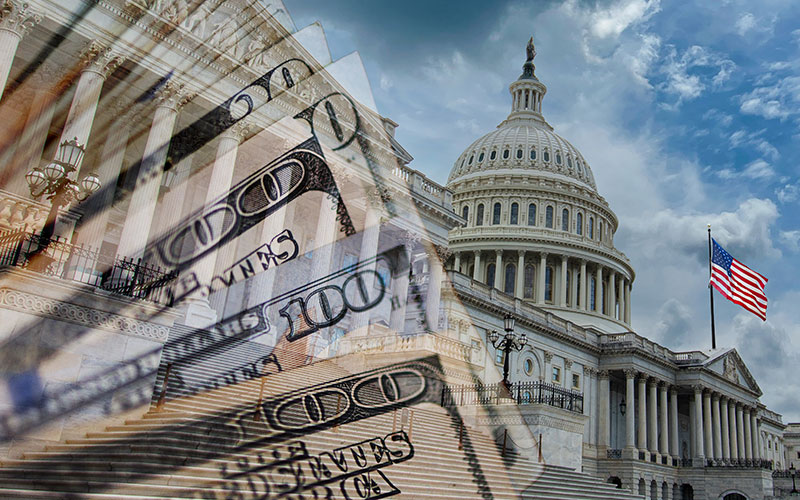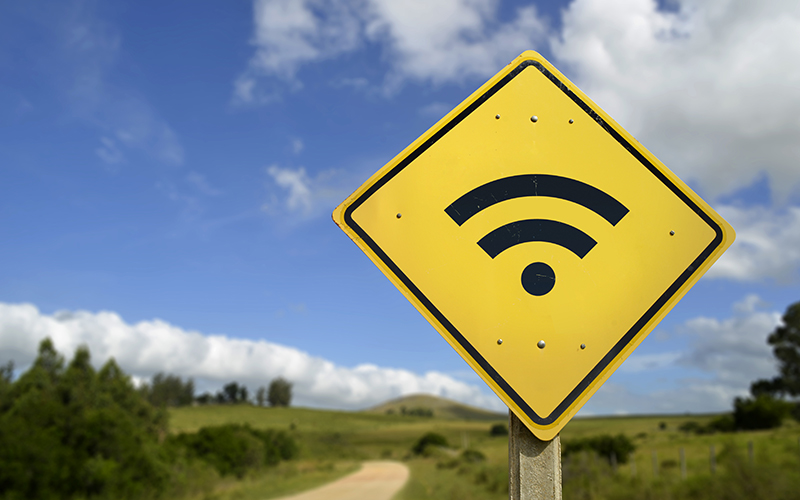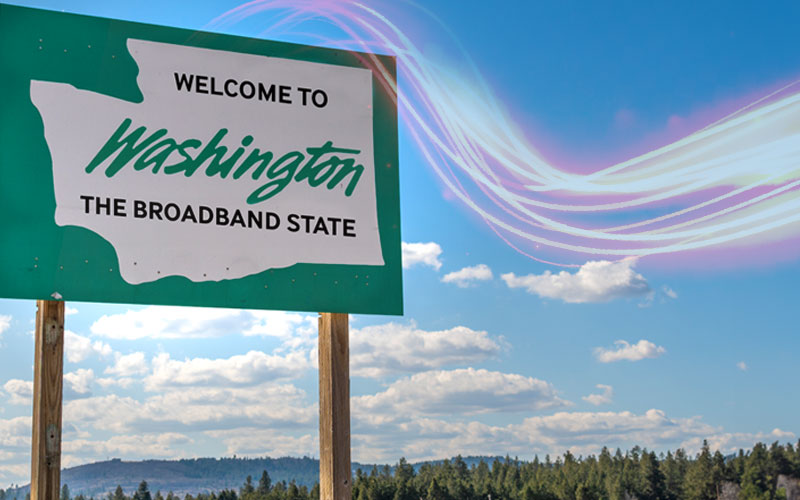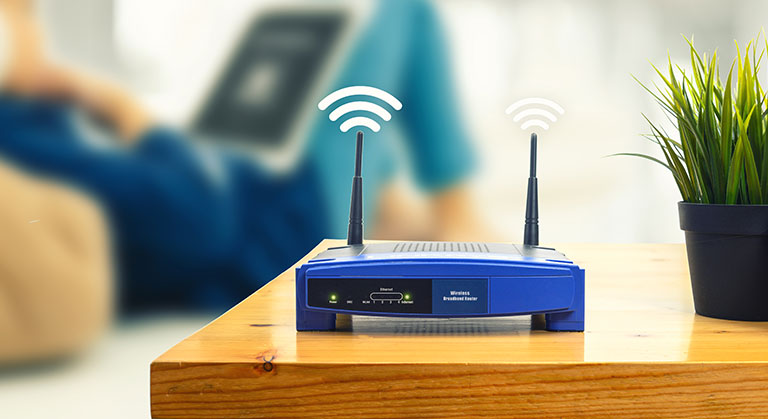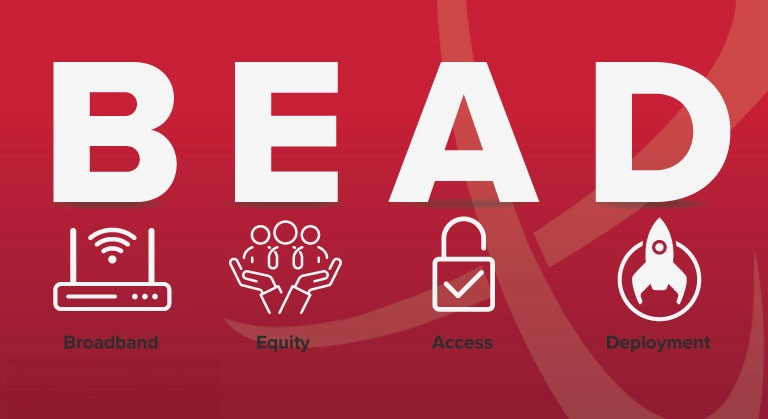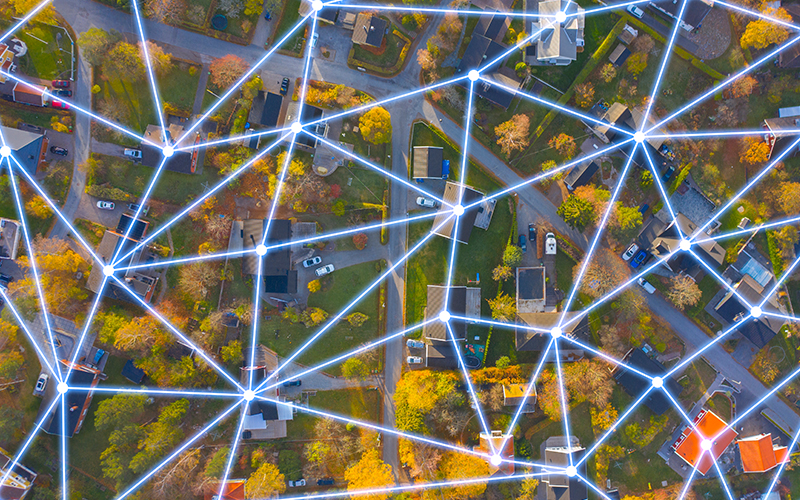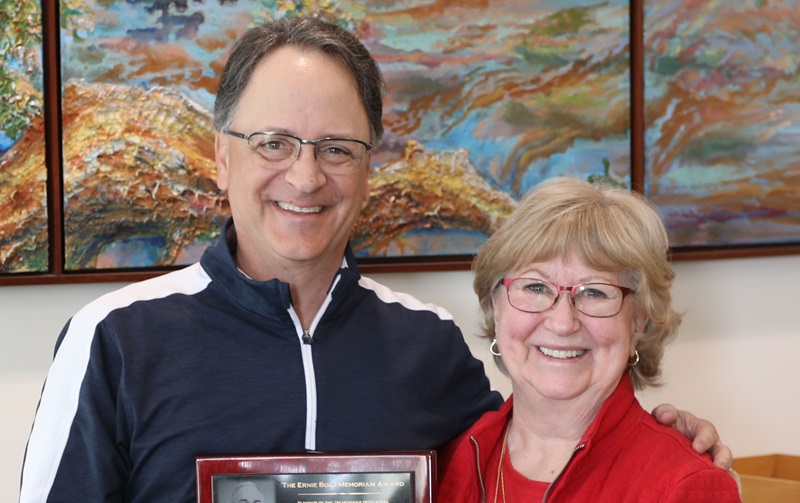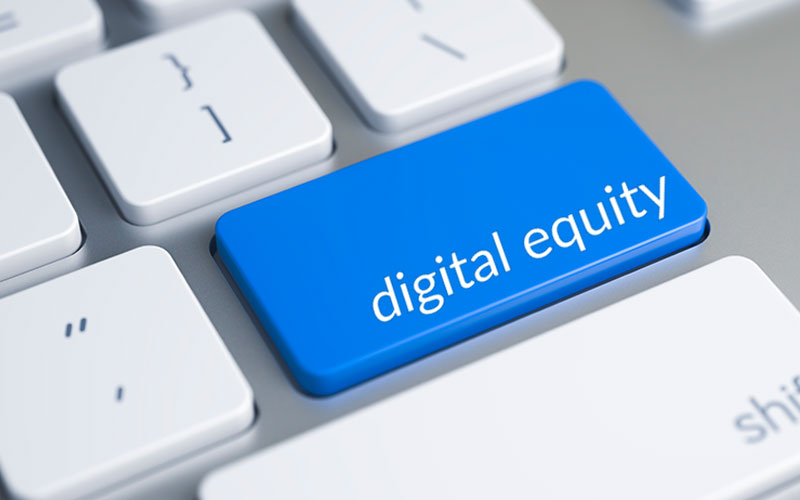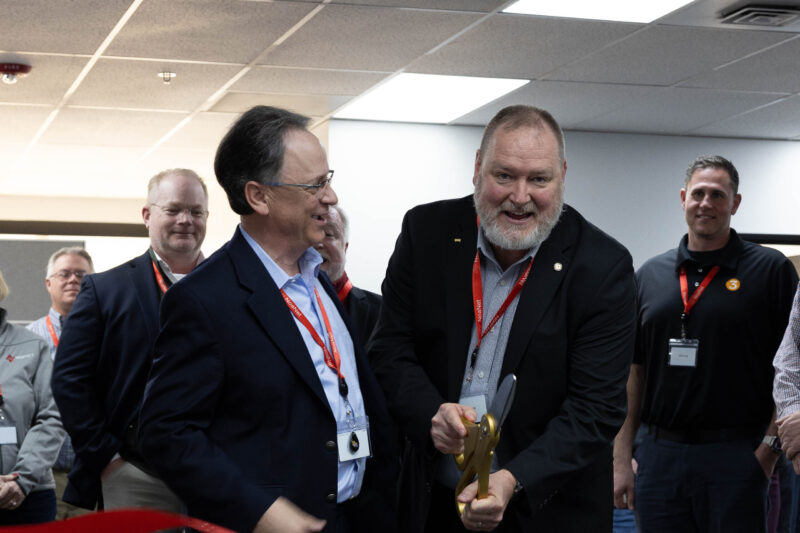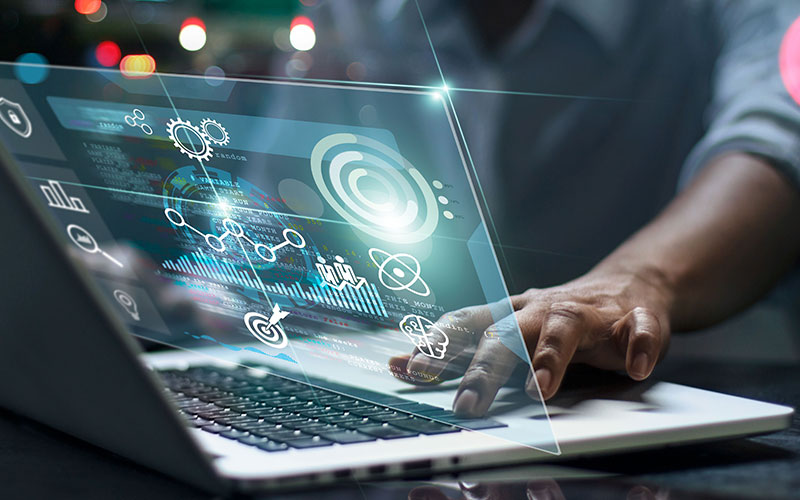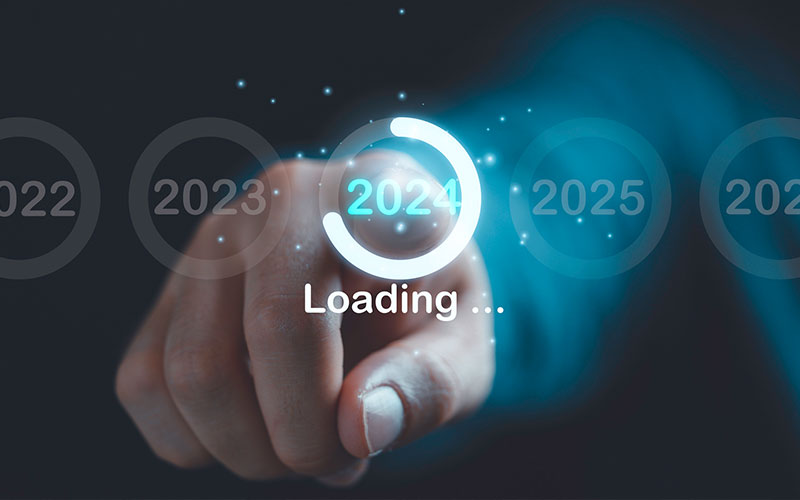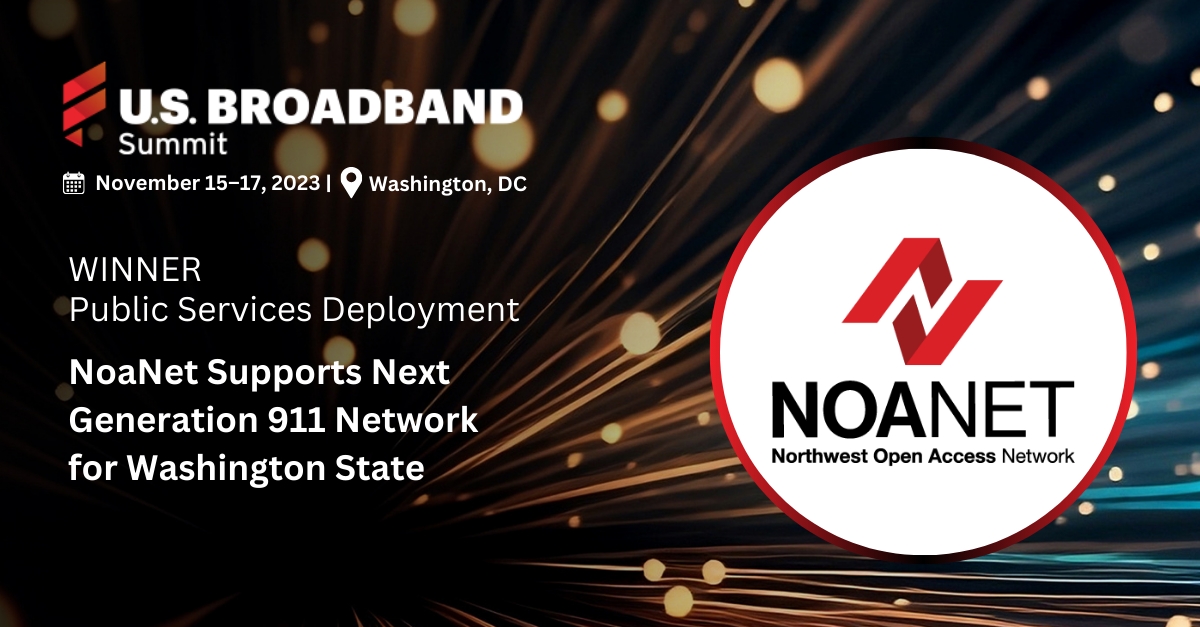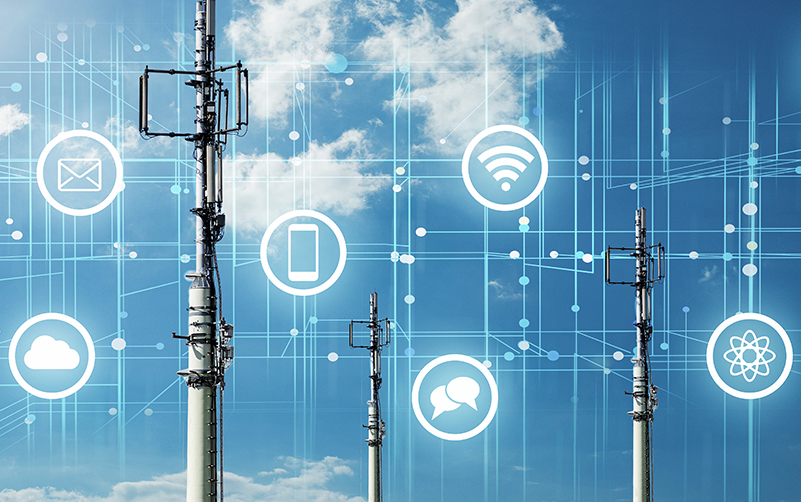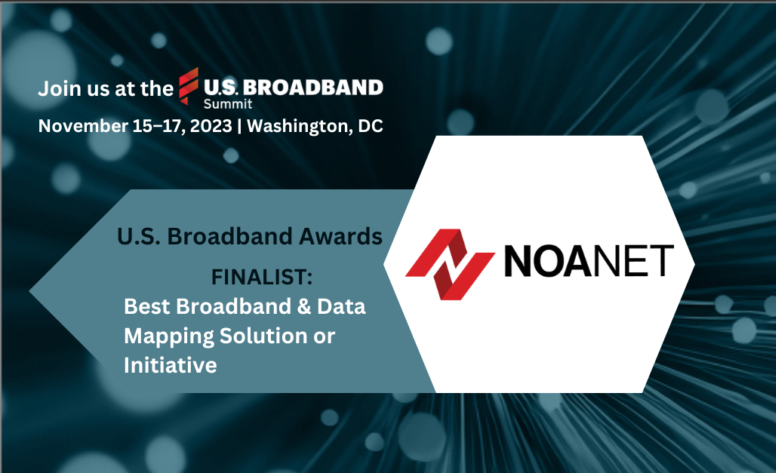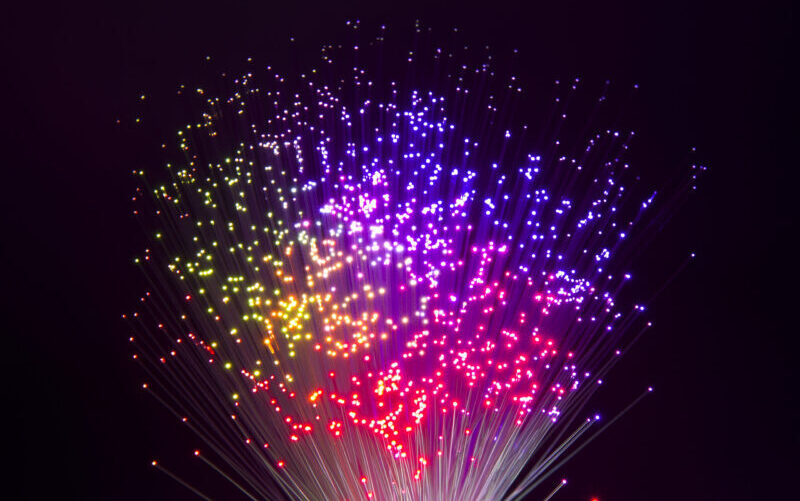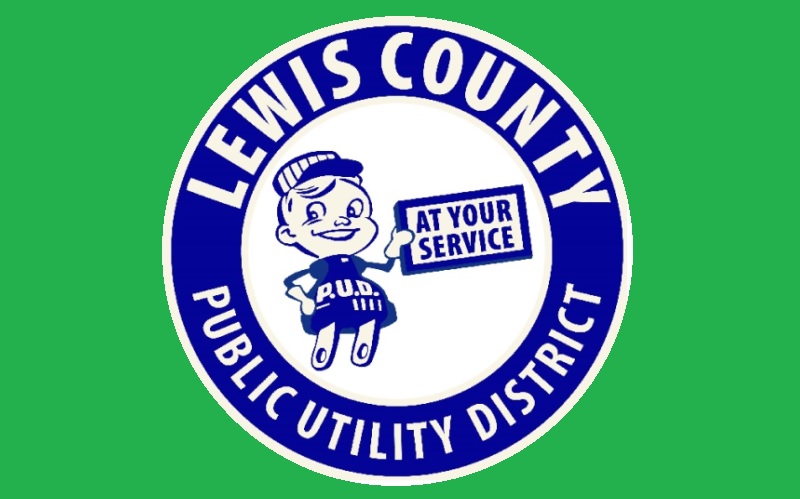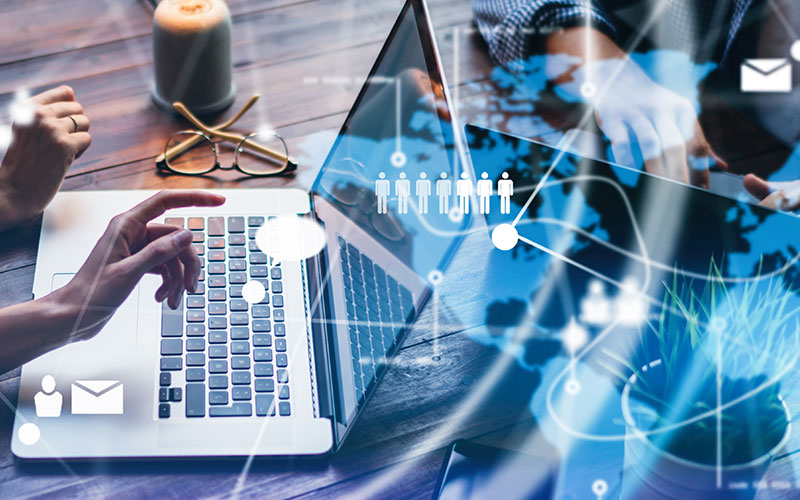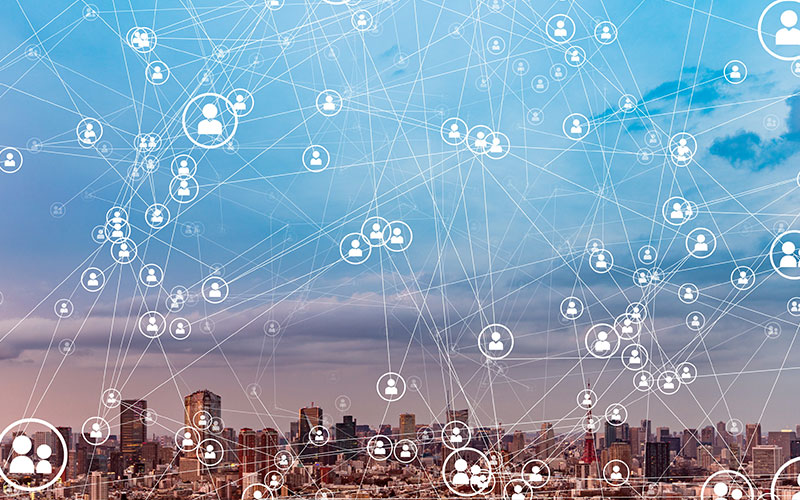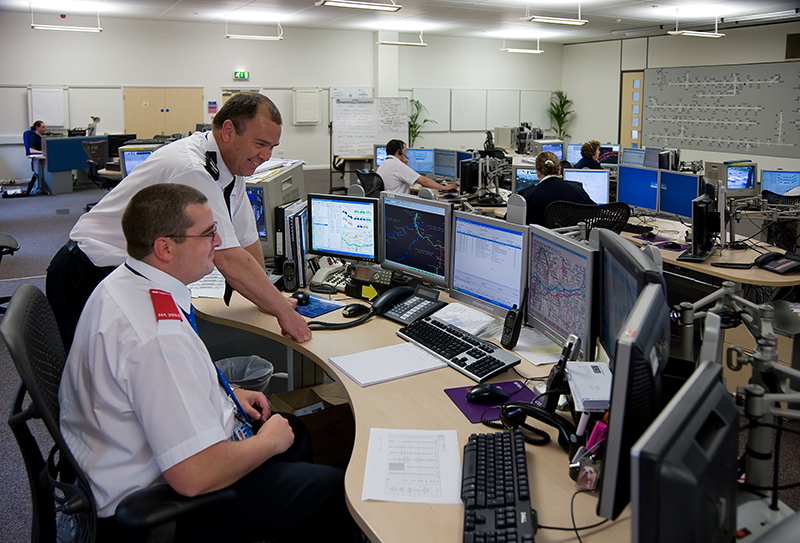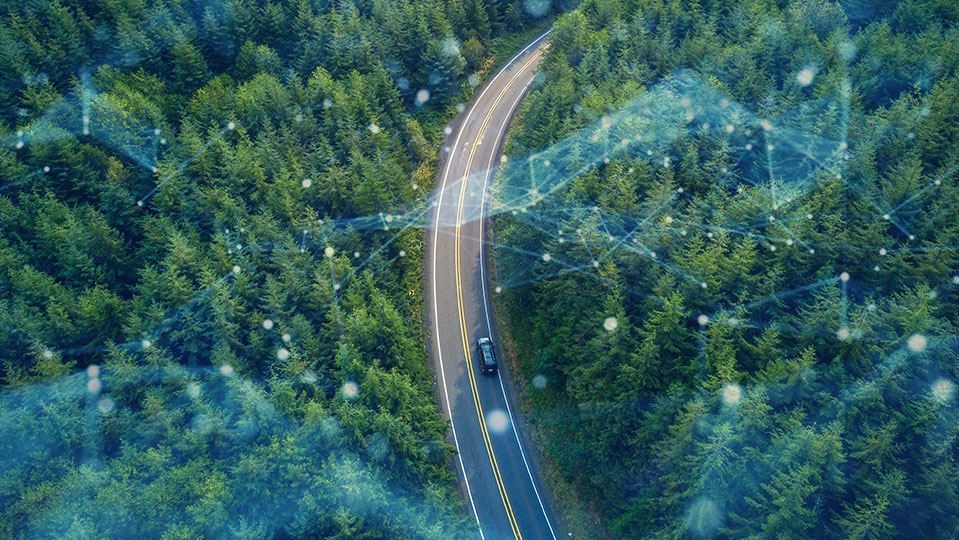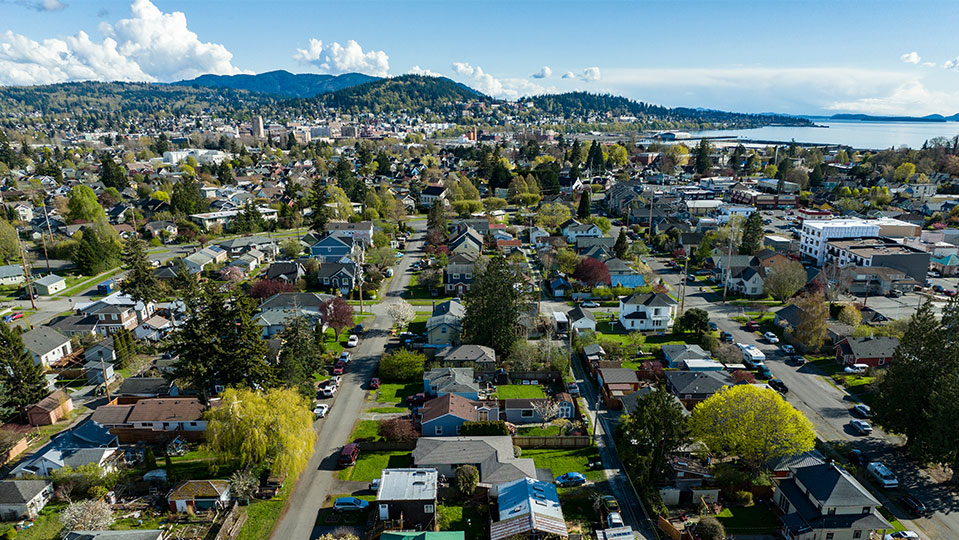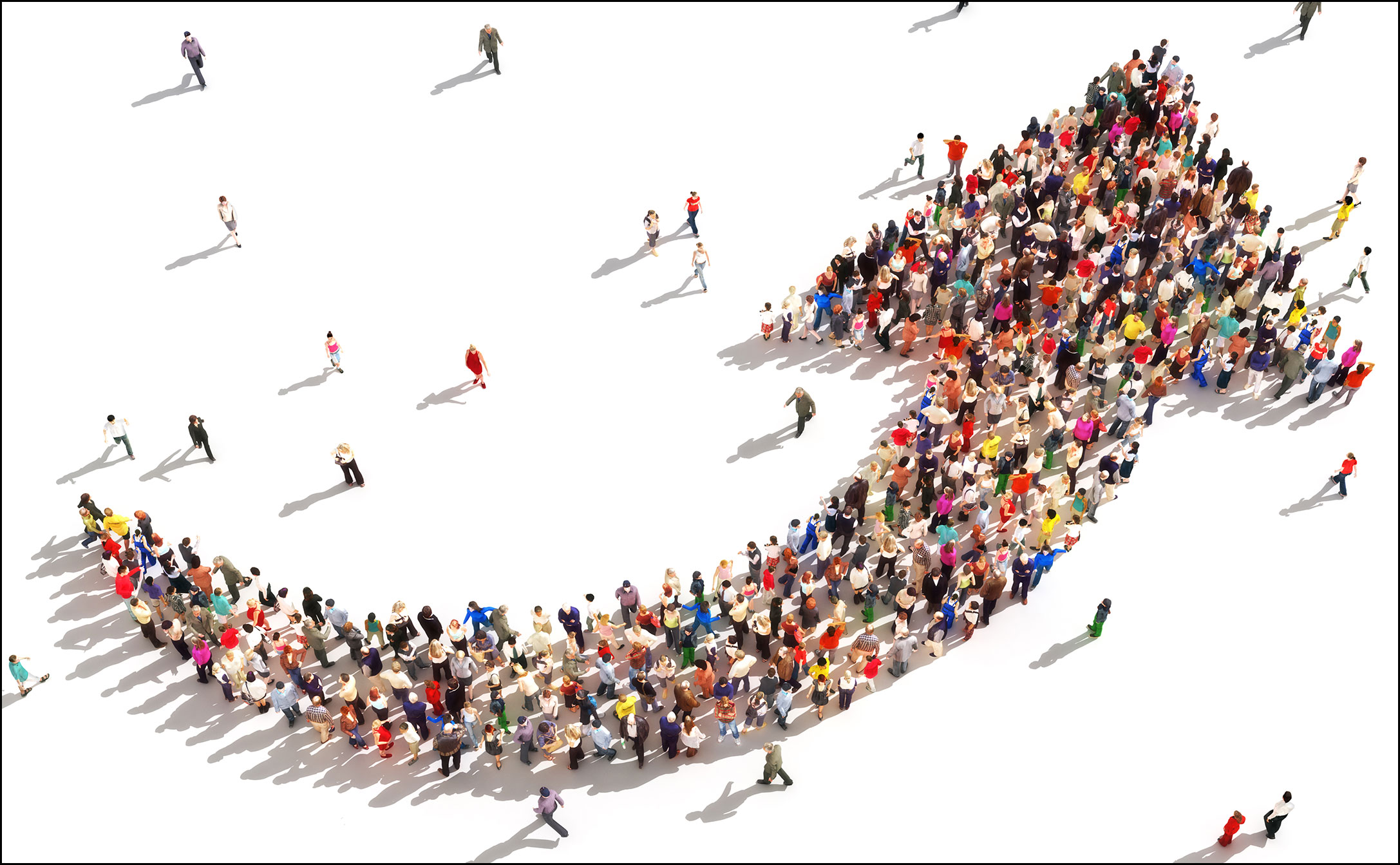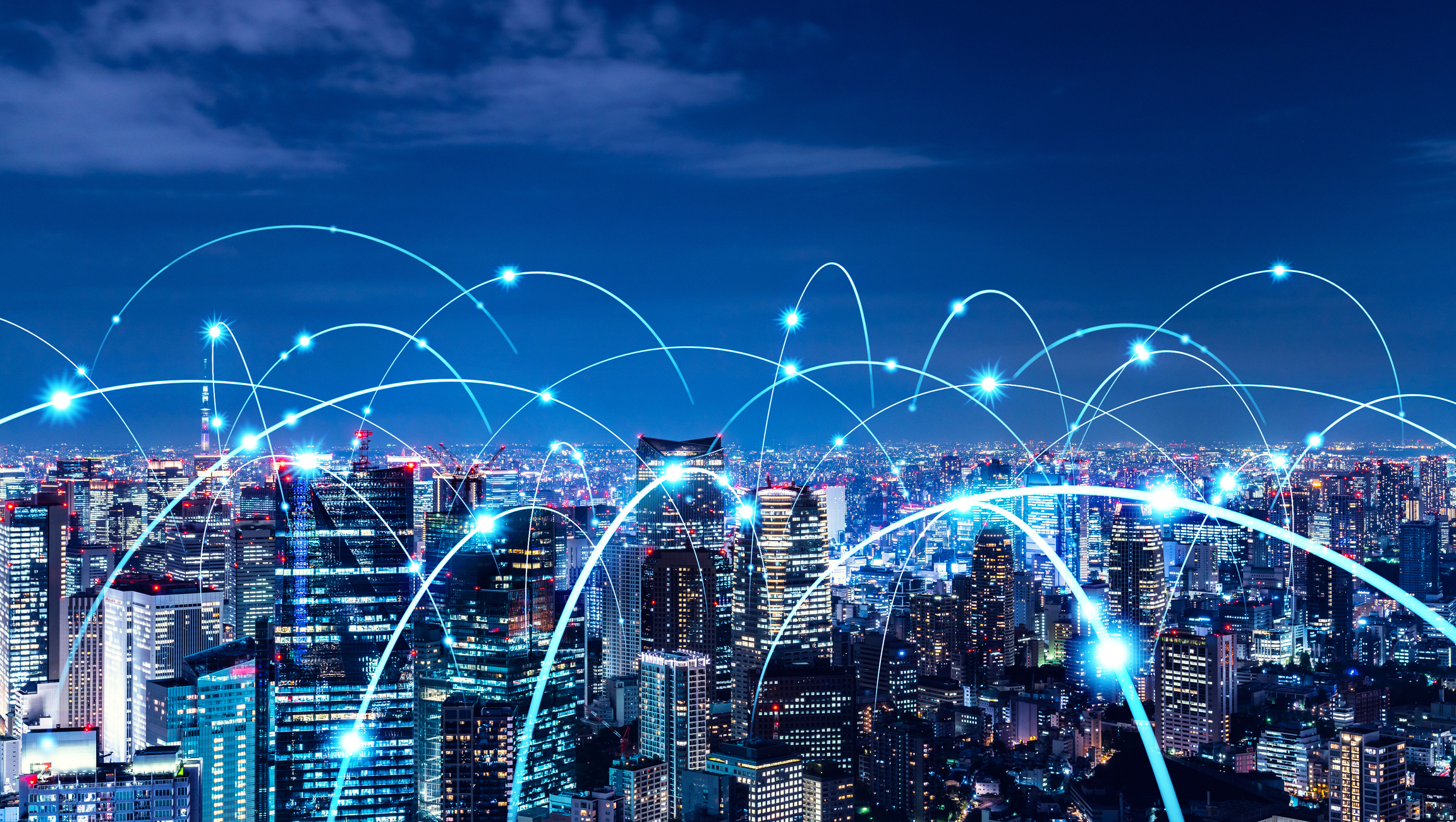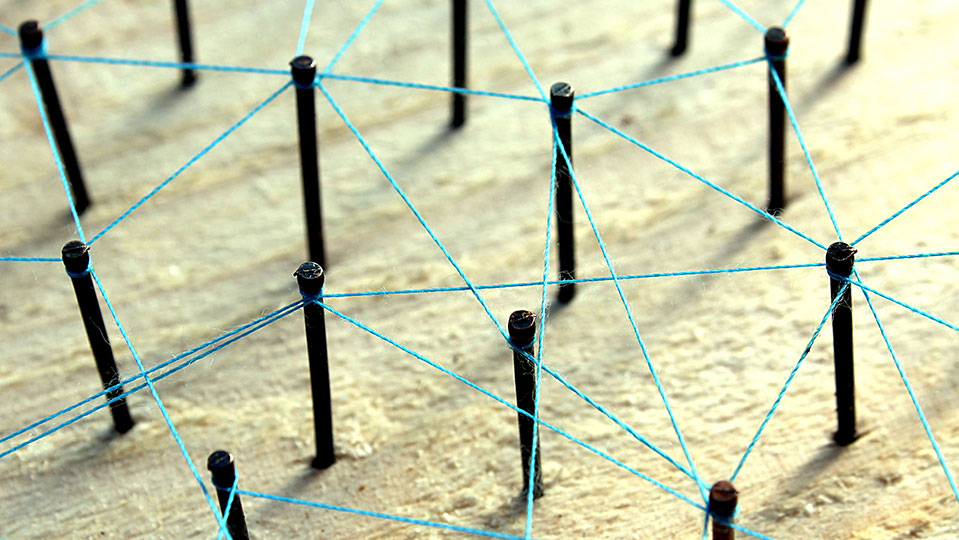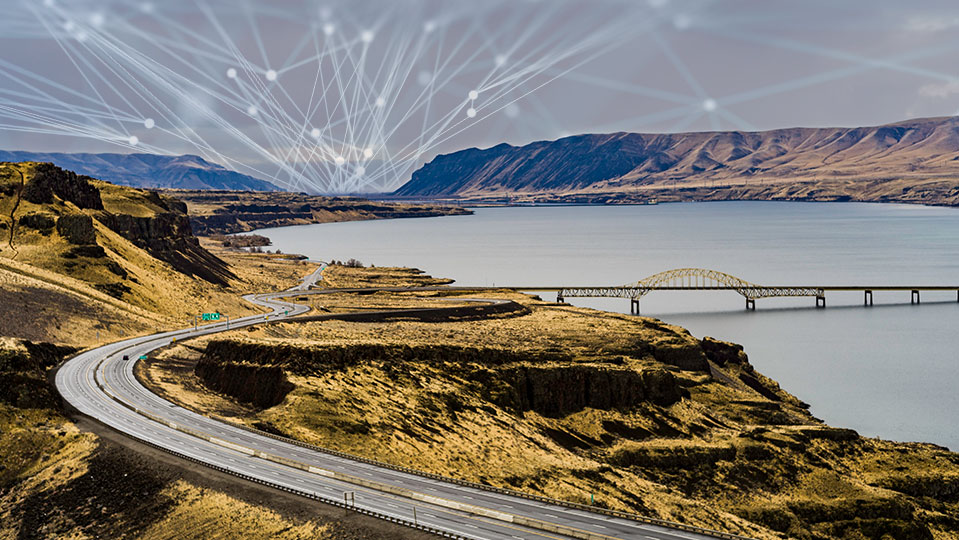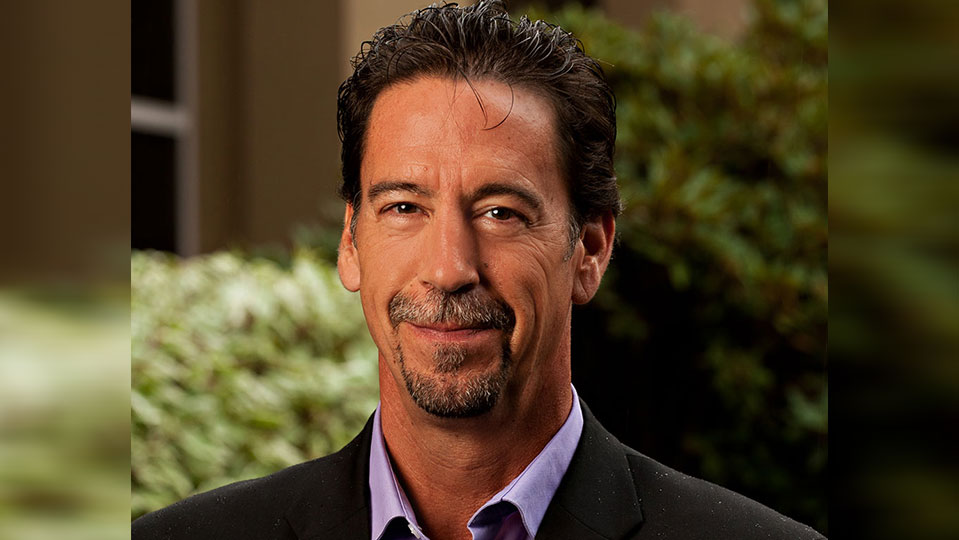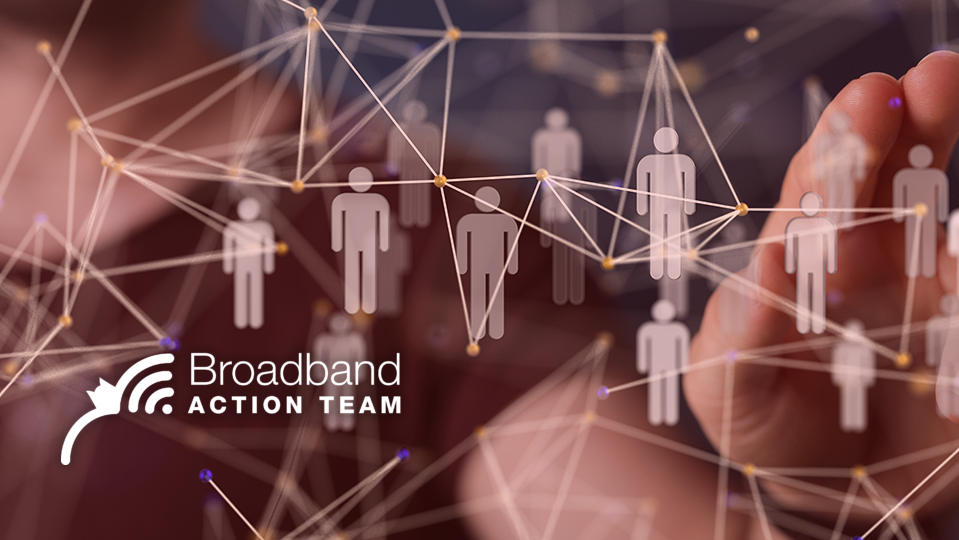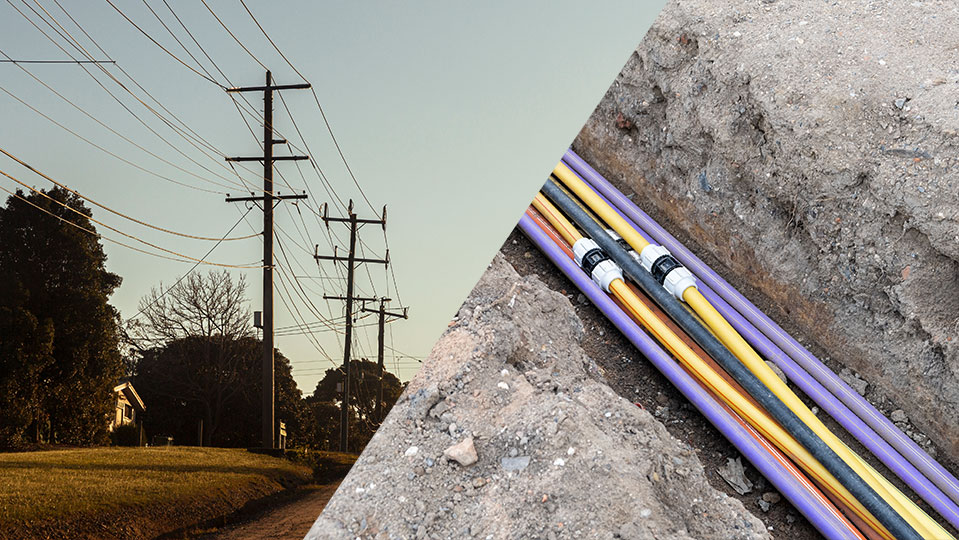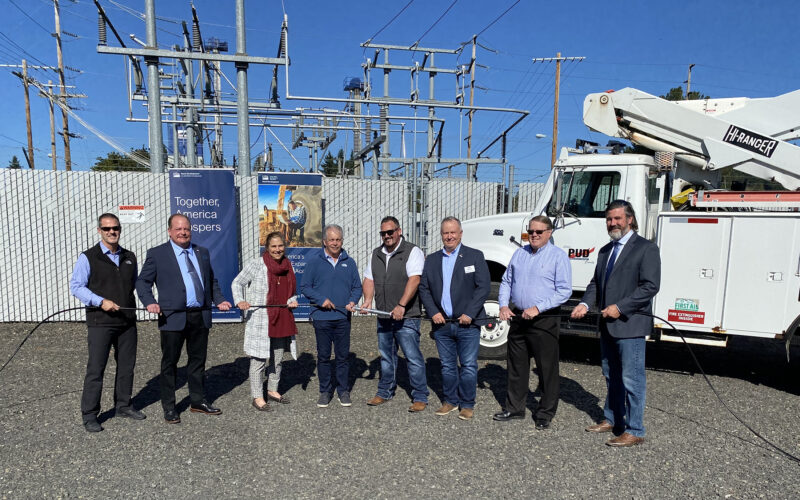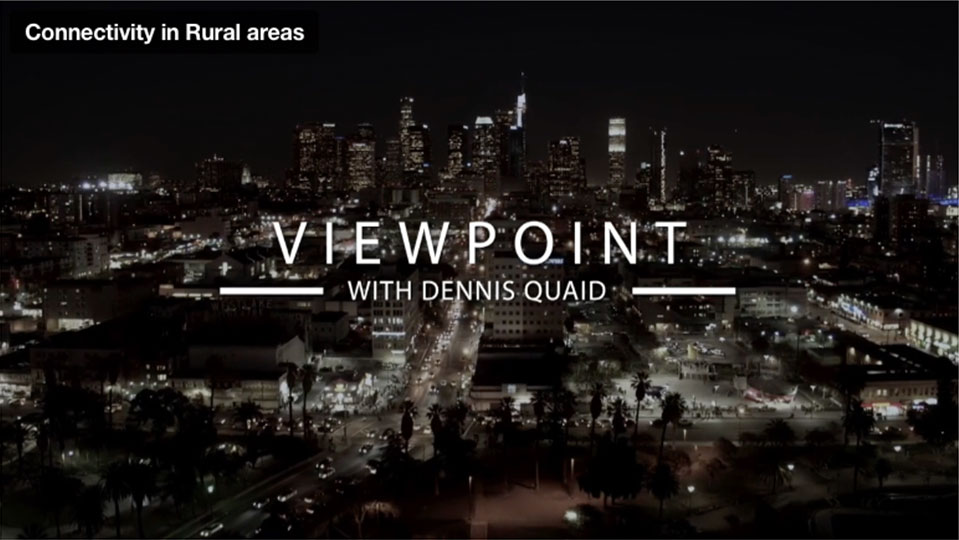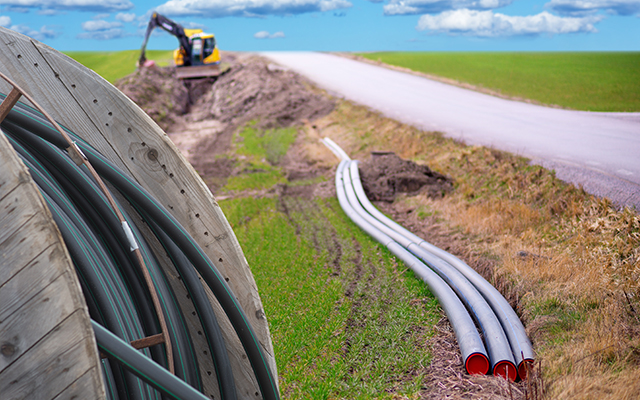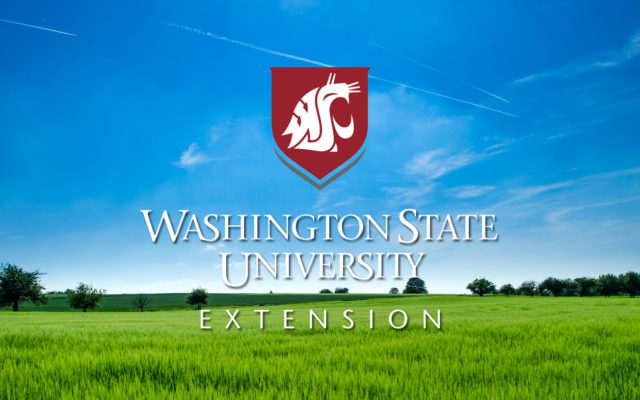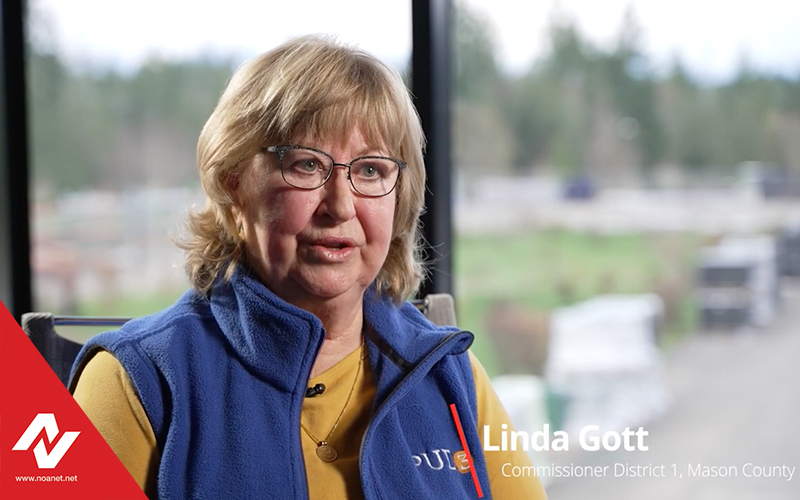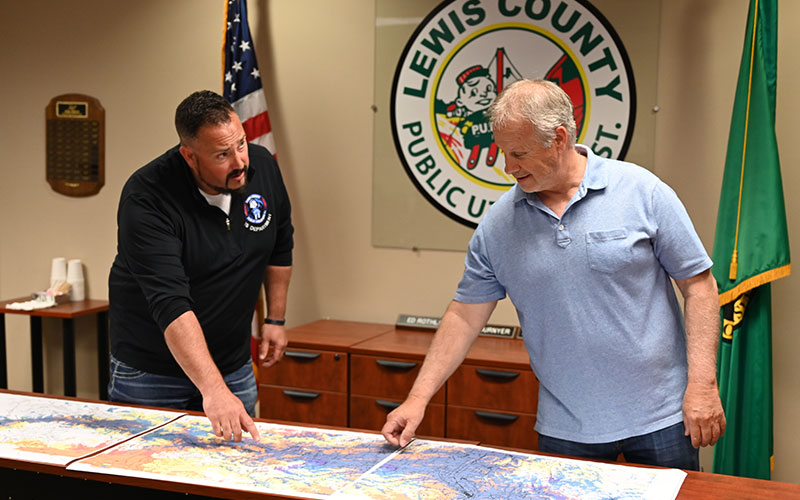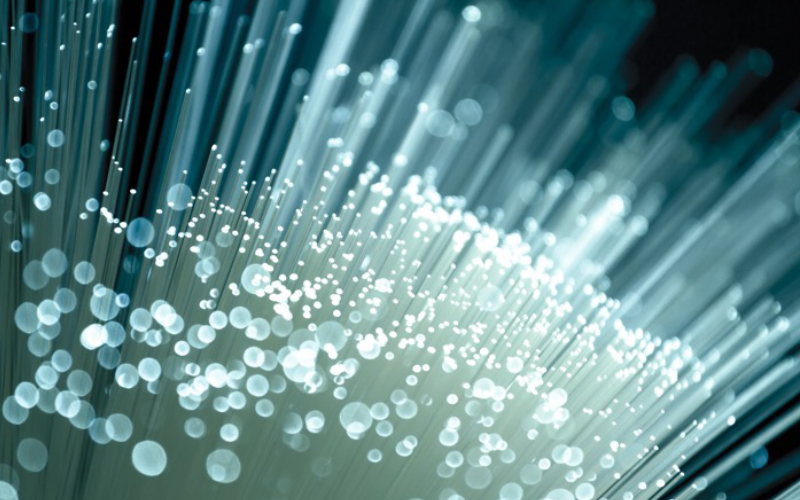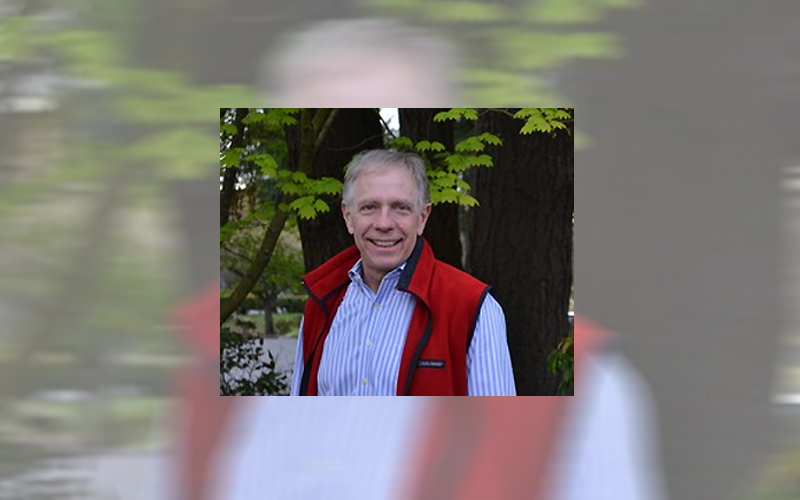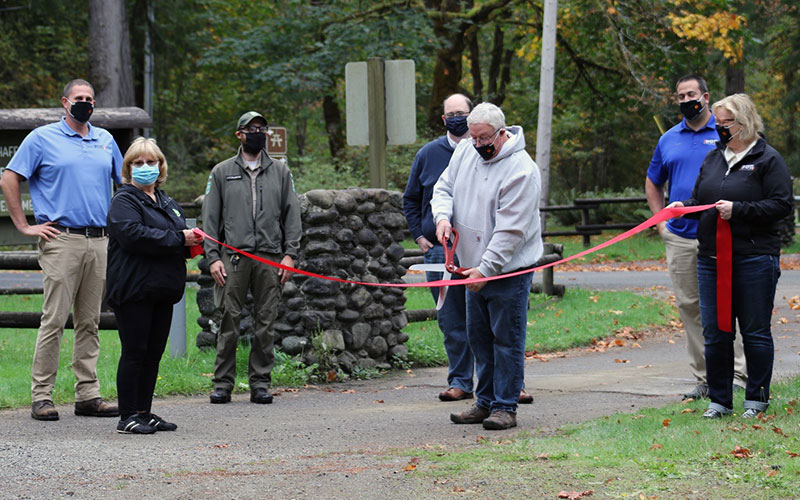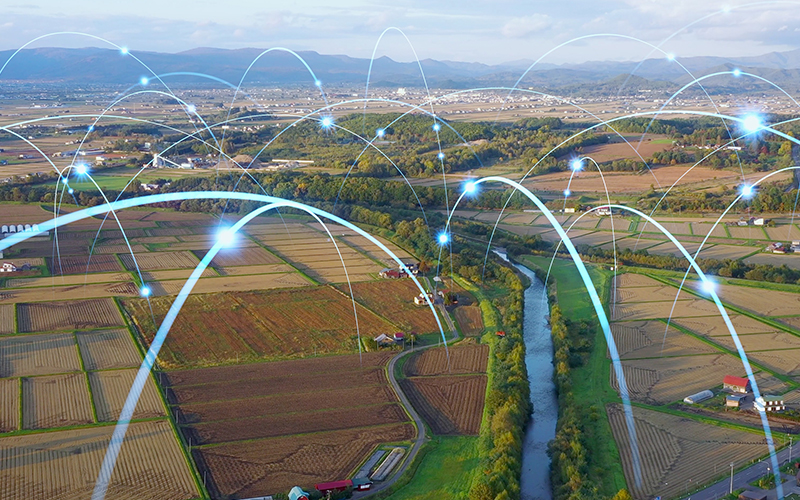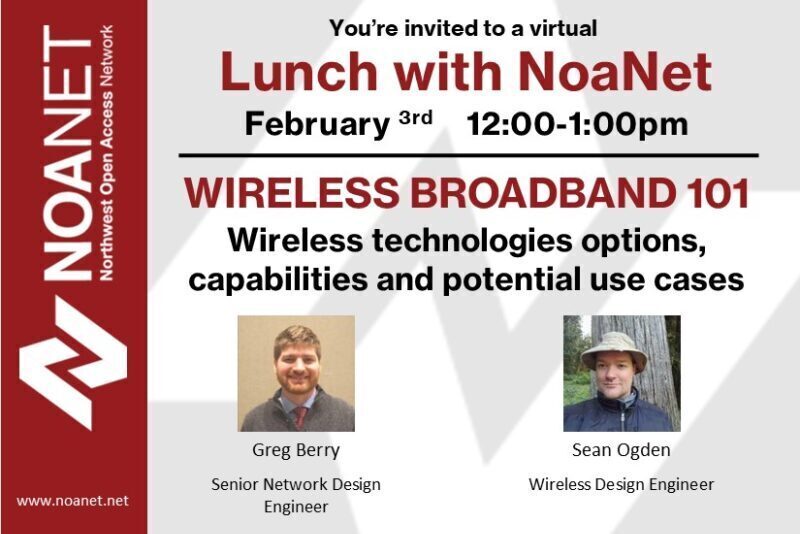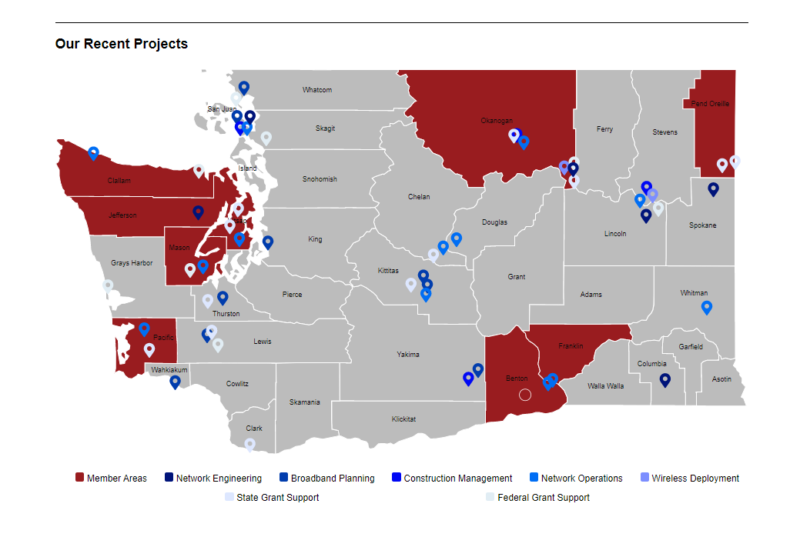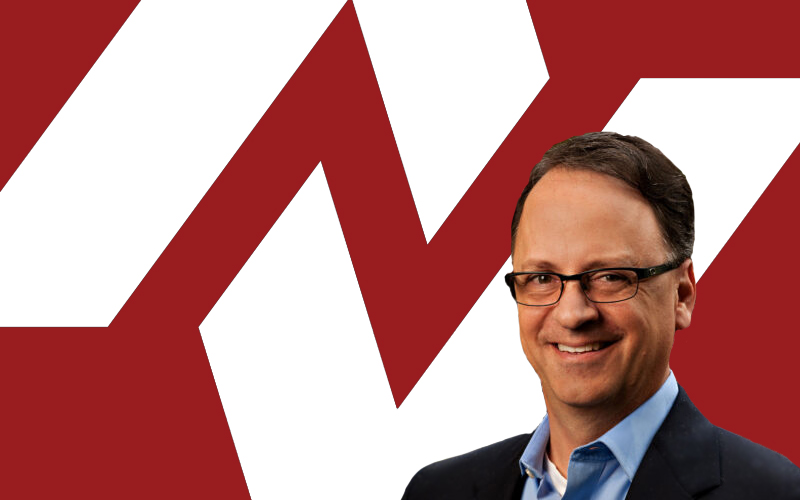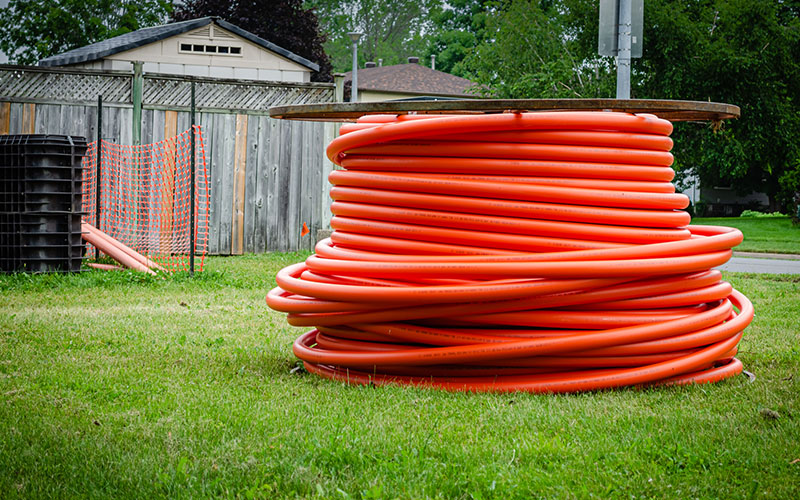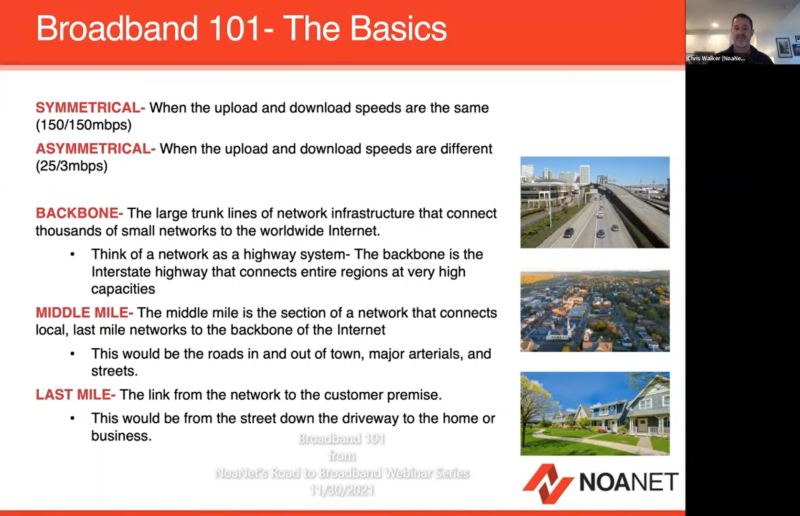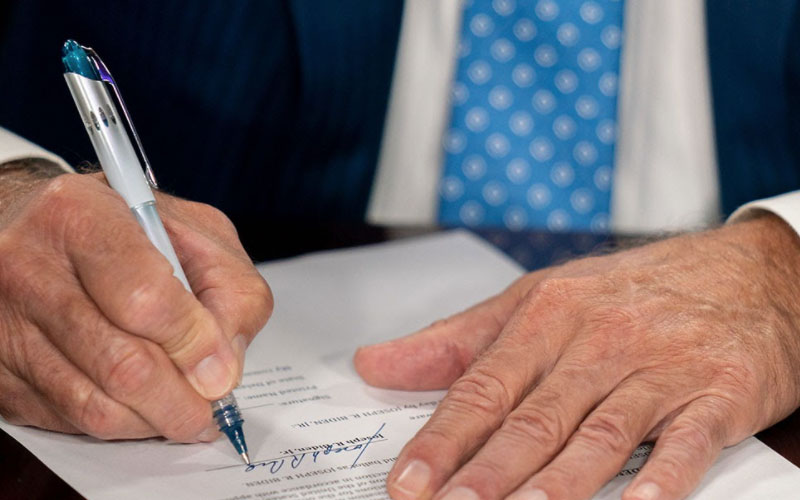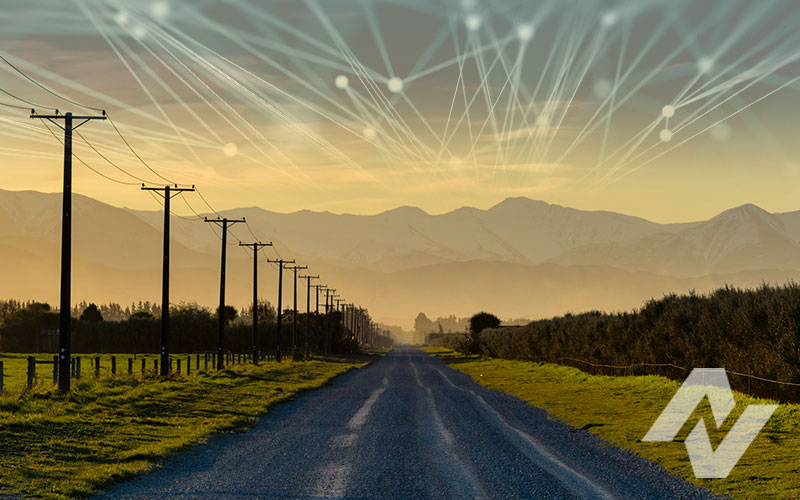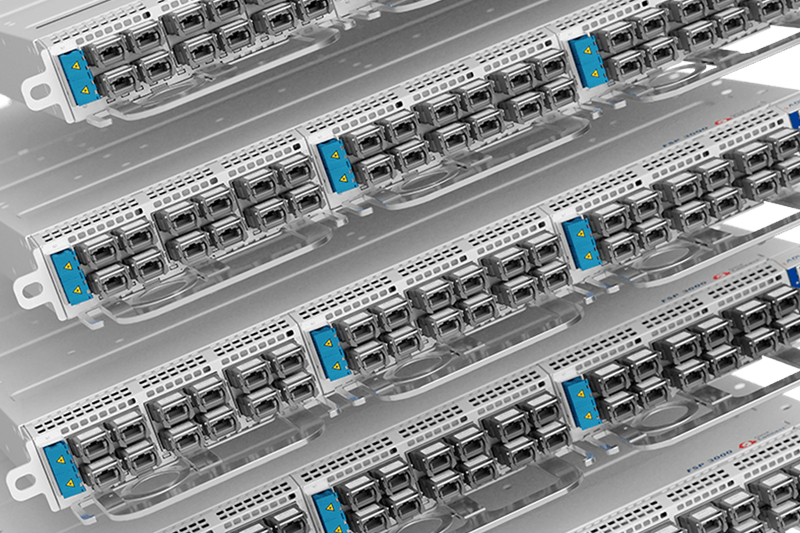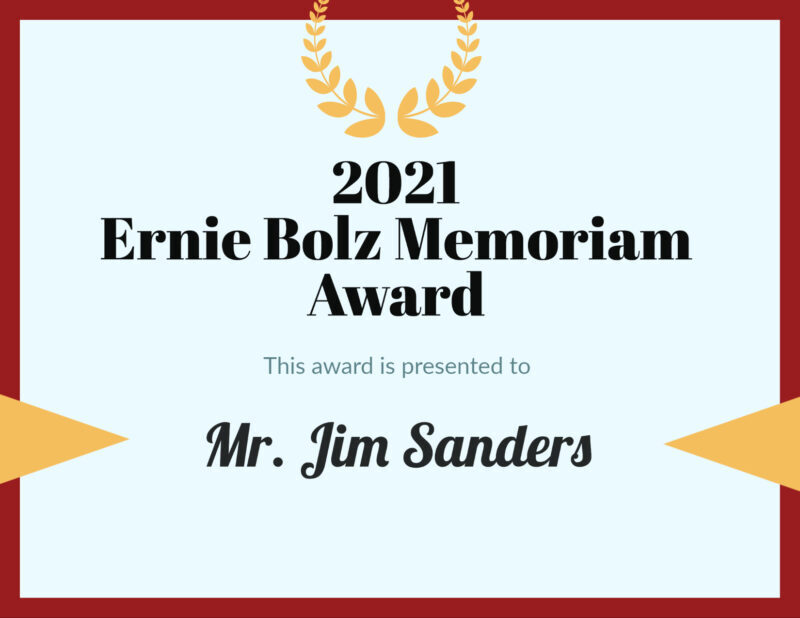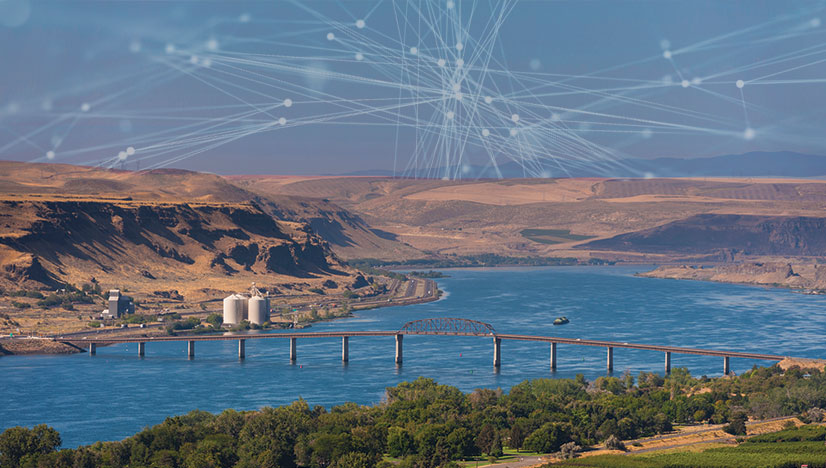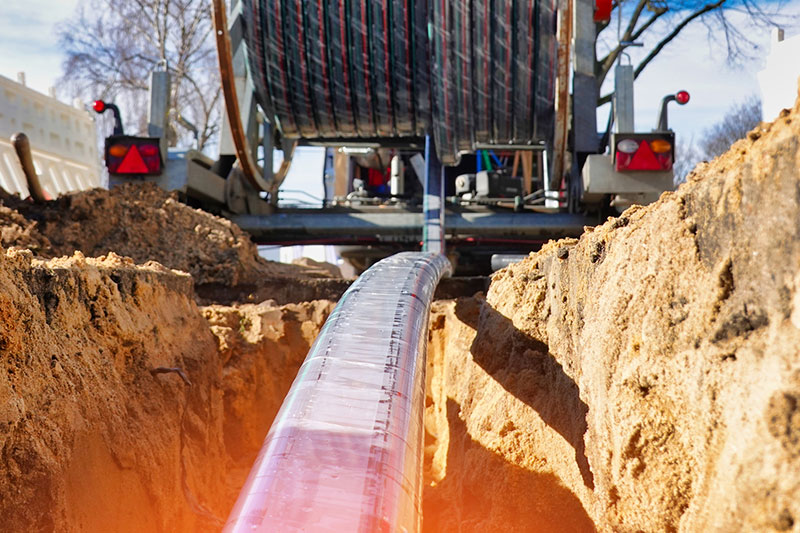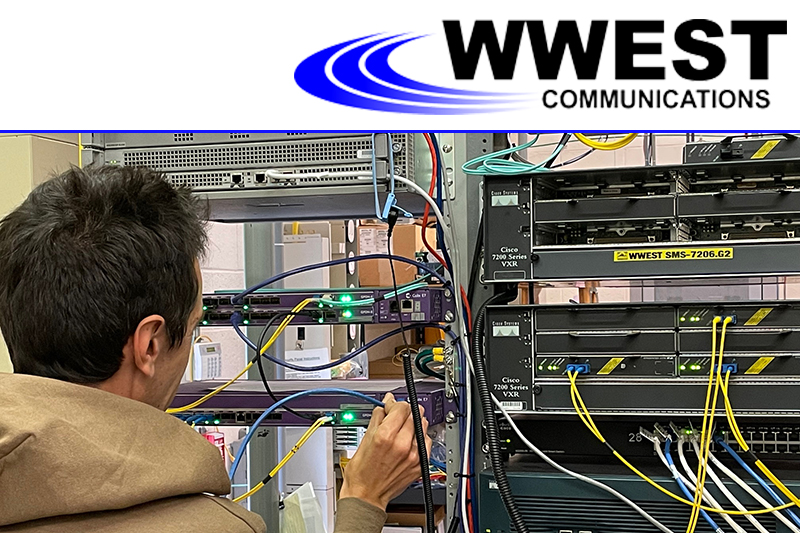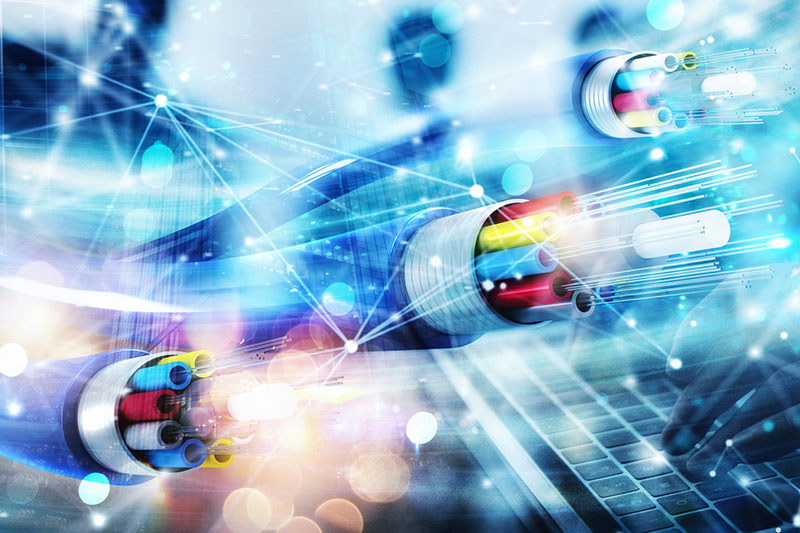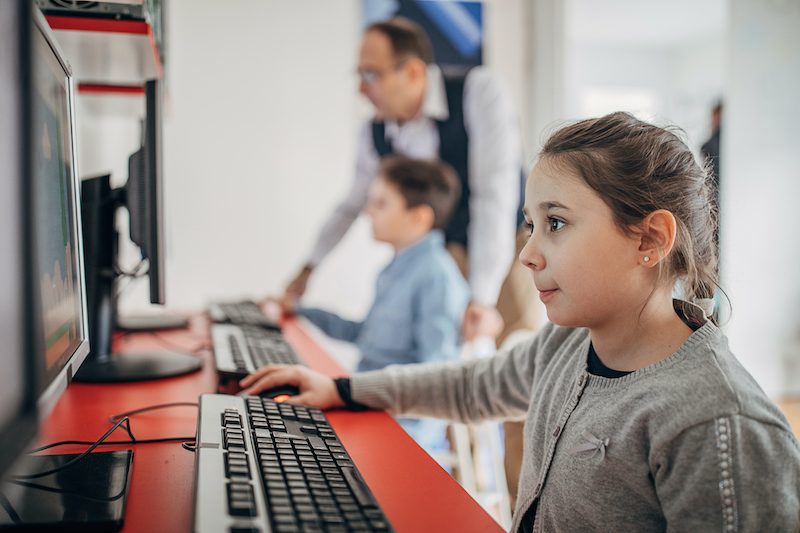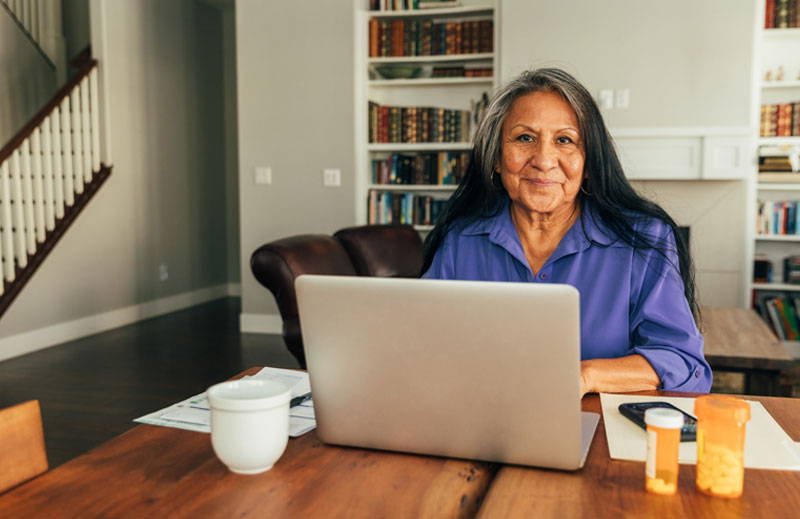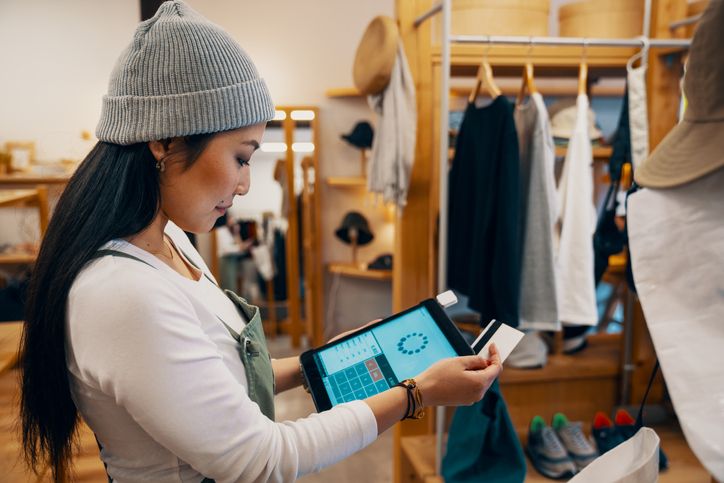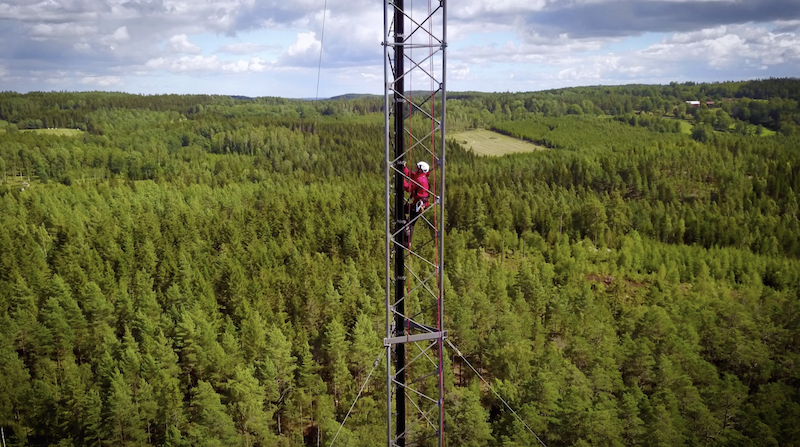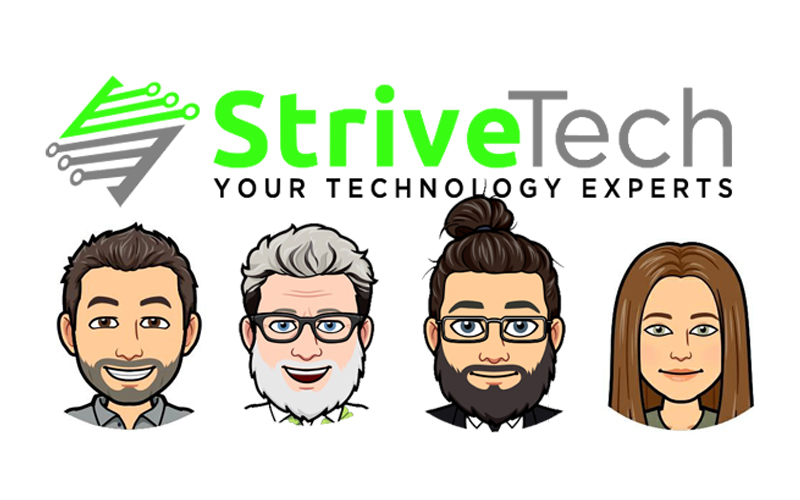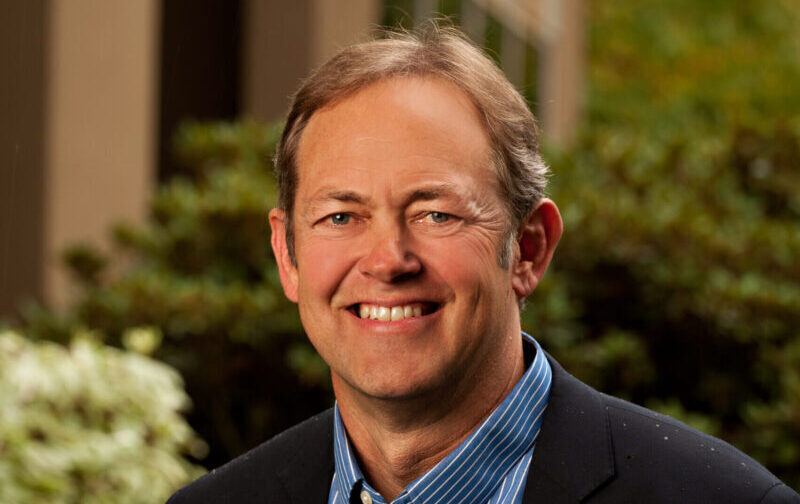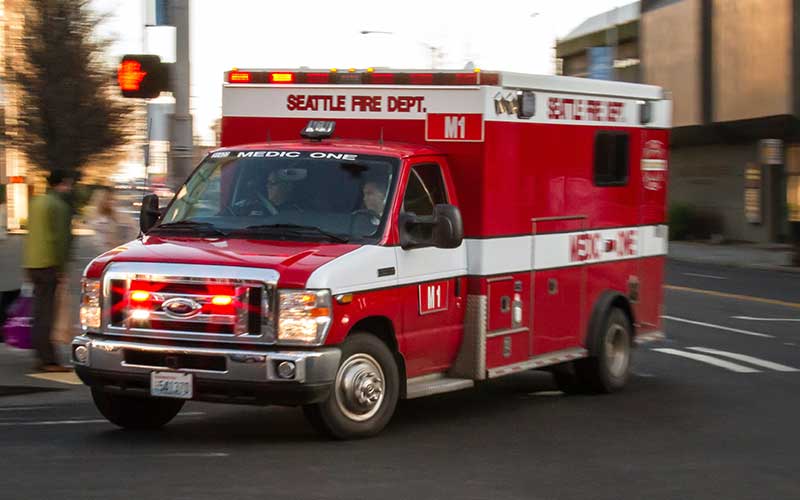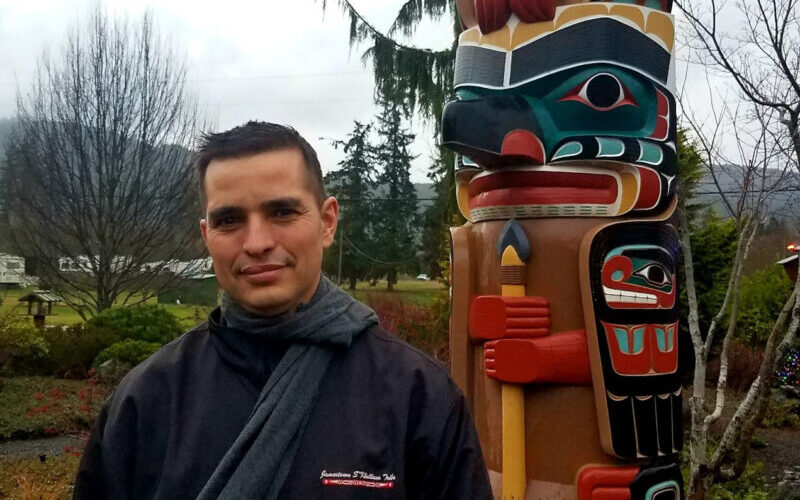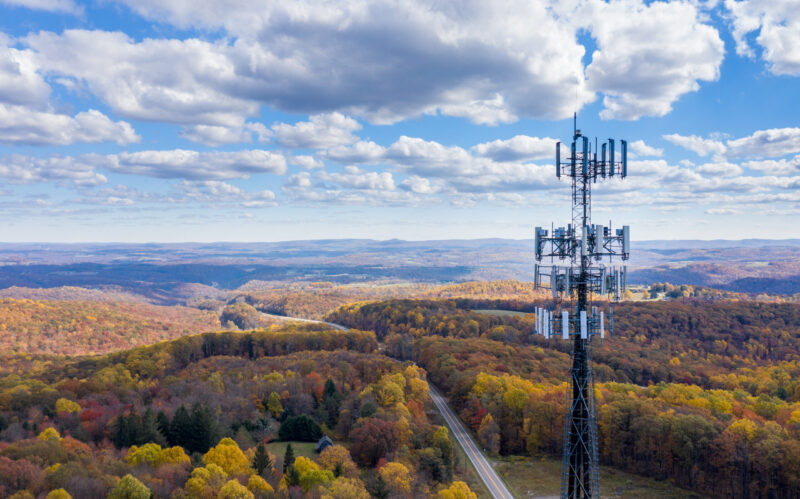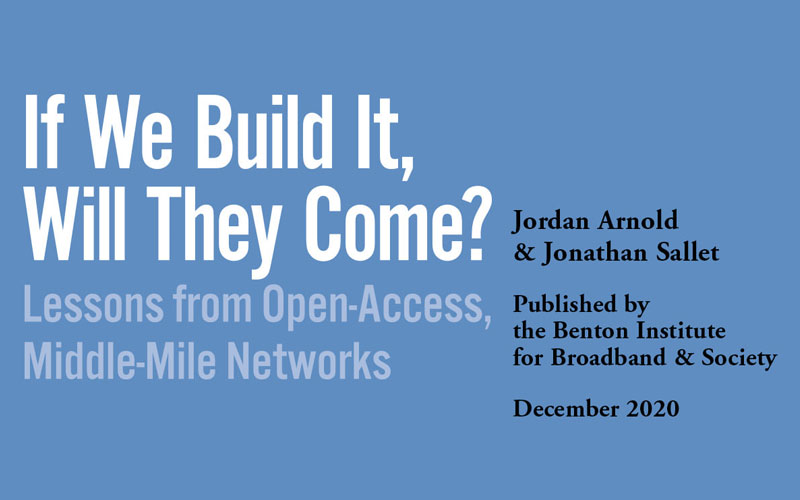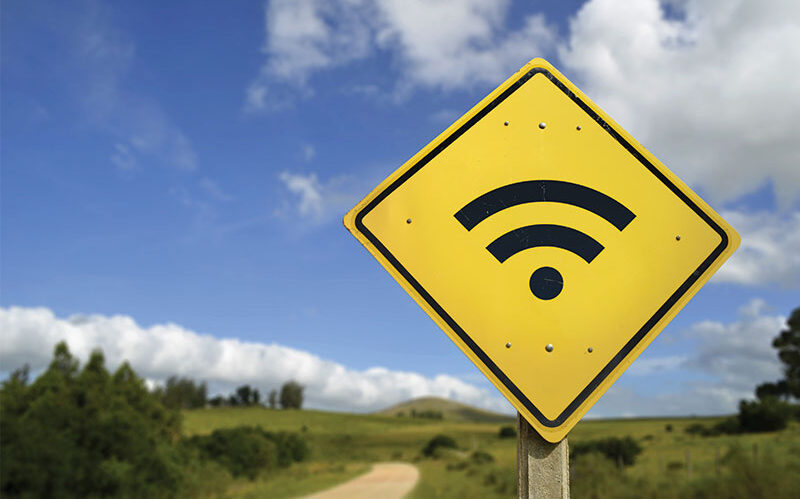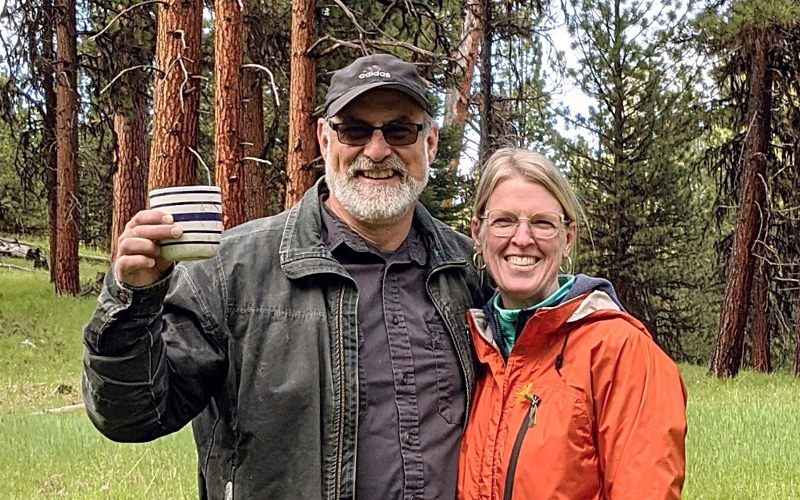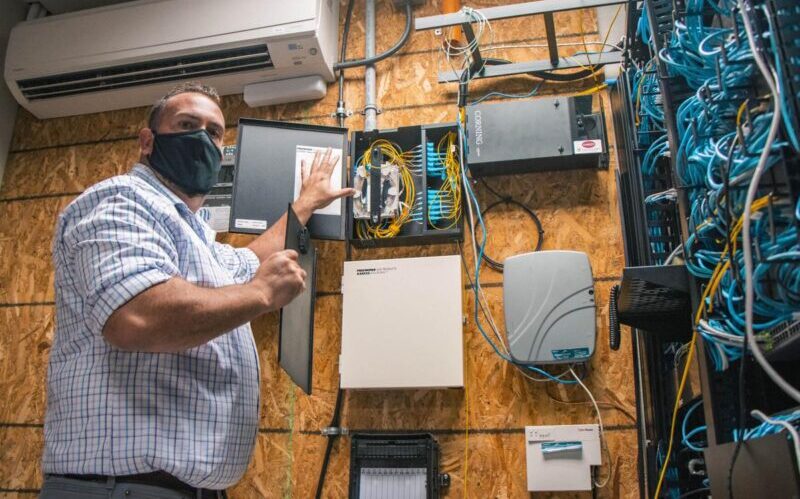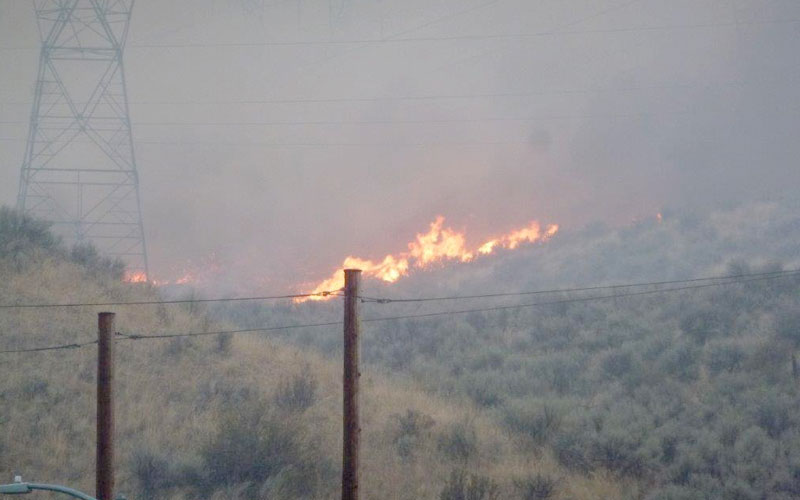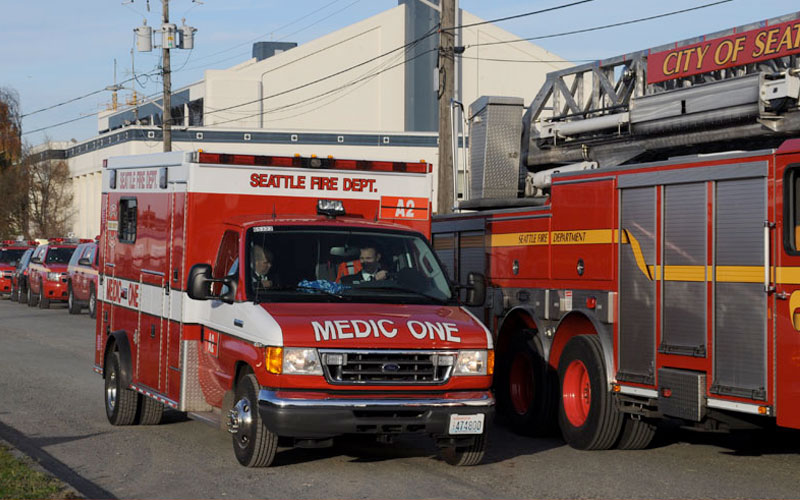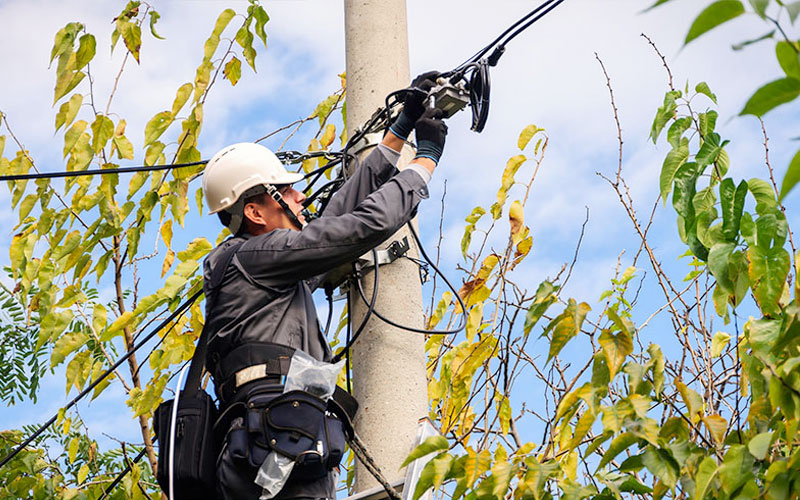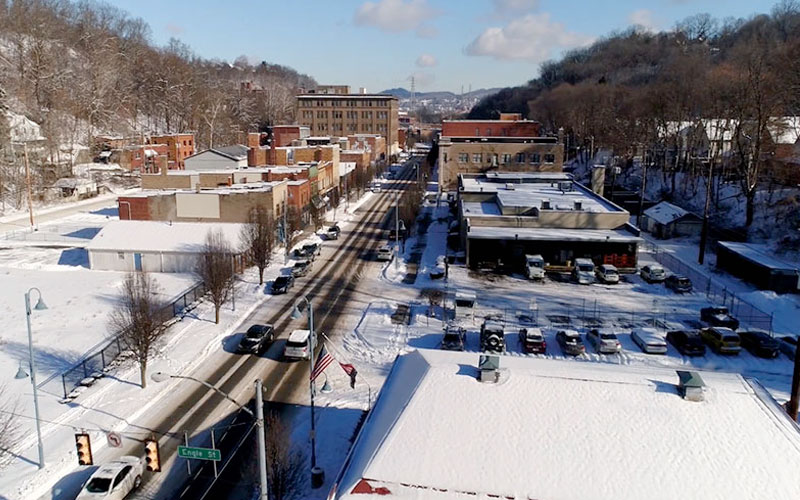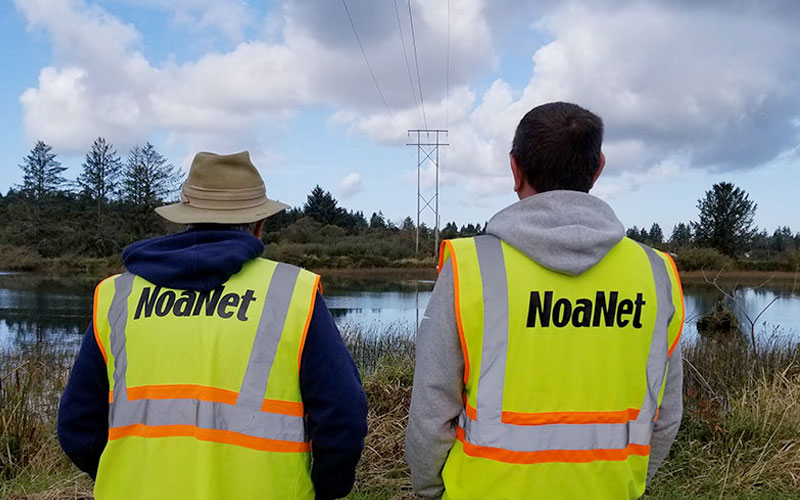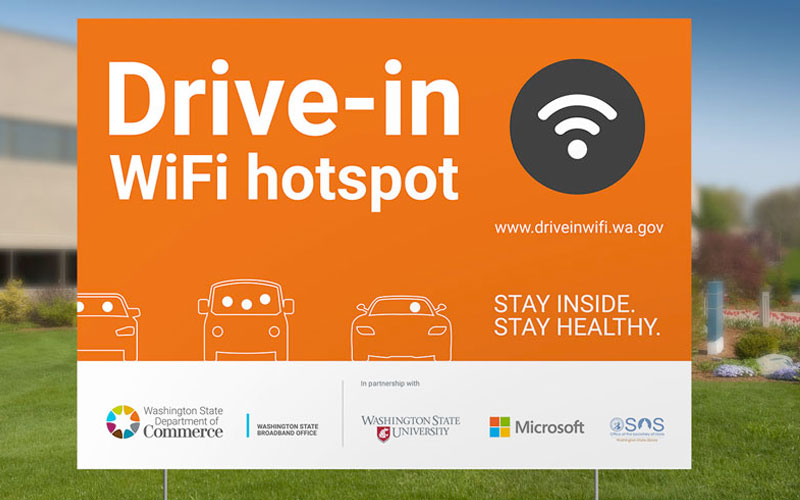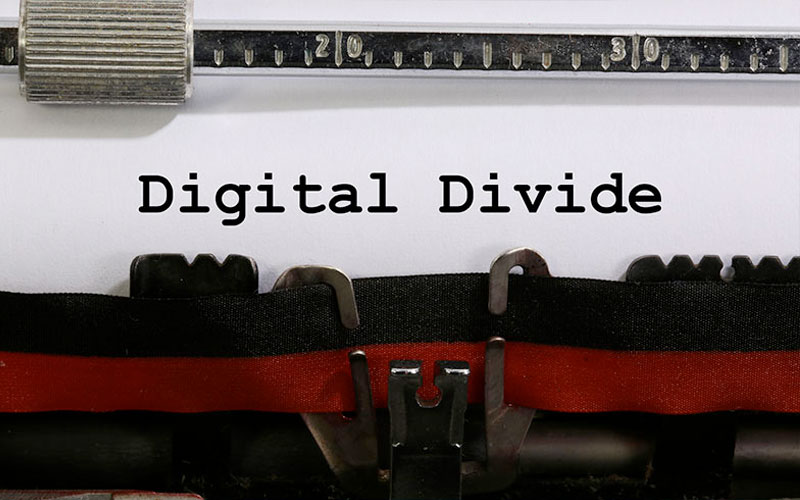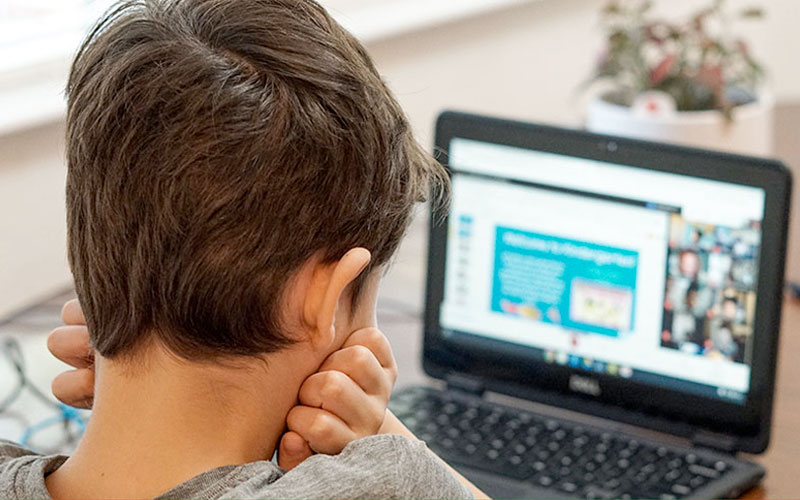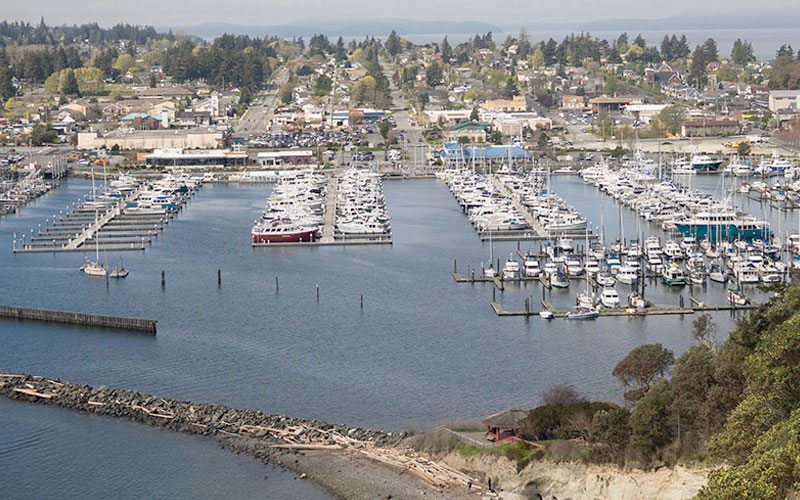You probably heard a lot about the “digital divide” in 2020. While home lockdowns resulting from the COVID-19 pandemic may have underscored the need for all to have connectivity for work, education, commerce and personal communication, the nuances of digital inequity are numerous. This year, the Washington State legislature has a deep 2021 digital equity agenda resulting from the 2020 workgroup sessions of the now-disbanded House Innovation, Technology & Economic Development (ITED) Committee. The conversation isn’t going away. The work ahead is vast, but it’s also important to move forward with eyes wide open about digital equity myths.
1. MYTH: Connectivity alone will solve digital inequity
REALITY: The digital divide is not just about broadband access or computer access. Looking deeper, In 2015 The Pew Research Center reported roughly three-in-ten adults with household incomes below $30,000 a year (29%) don’t own a smartphone. Another 44% don’t have home broadband services or a traditional computer (46%). Higher-income Americans ($100,000 or more per year) are also more likely to have multiple devices that enable them to go online. Roughly two-thirds of adults living in high-earning households (64%) have home broadband services, a smartphone, a desktop or laptop computer and a tablet, compared with 18% of those living in lower-income households. Just because there’s a computer in the house, it might be the ONLY computer to serve an entire household’s online needs. There is also an educational gap; not everyone knows the ways to utilize broadband and technology even when it’s available.
2. MYTH: The Digital Divide is Rural vs. Urban
REALITY: While urban centers may have more connectivity than rural communities, plenty of people in metropolitan and suburban areas find themselves unable to afford the service, some lack the technology to access it, and others simply do not have the knowledge about how broadband can improve their quality of life. It’s important to look at digital equity gaps not just within a nation or state, but also within counties, towns, and even neighborhoods; they exist everywhere and there can be a significant difference in access and affordability within just miles.
3. MYTH: Digital equity only really impacts students
REALITY: The entire economy is leaning on digital equity. More and more jobs are performed online. Social security, job-hunting, telehealth, and more rely on the digital sphere. Former Washington State ITED member Rep. Gael Tarleton said in Dec. 2020: “If there is anything I have learned over the last eight years in the Legislature…internet and broadband access is a public utility. It enables the public infrastructure to deliver the capacity of our people to get educated, to have access to health care, and to have a decent job. I encourage legislators to please look at the intersection of broadband access as a public utility…I think that is going to be a huge component of building back stronger and building resilience into our economy.”
“If there is anything I have learned over the last eight years in the Legislature…internet and broadband access is a public utility. It enables the public infrastructure to deliver the capacity of our people to get educated, to have access to health care, and to have a decent job.” -Tarleton, 2020
4. MYTH: Any single organization will realize digital equity
REALITY: Improving digital equity will take everyone working together. Momentum takes funding and good management. This happens most effectively as a partnership between the private sector, the public sector such as PUDs, ports and other local government entities (including Native communities) and philanthropy. It also ideally involves Internet and tech providers offering free or discounted services and devices to those who could not otherwise afford it. Creative taxation is another means to funding that’s under discussion in Washington State, such as the taxation of digital advertisers.
5. MYTH: Digital equity will ultimately be fully realized
REALITY: High-speed Internet is a moving target. Remember when DSL was amazing? That’s how terrible 25/3 (megabytes per second transmission speed) will look with time. Back in the 1990s T1 data lines were considered ultramodern; today they are completely inadequate as capacity needs skyrocket year over year. Strides are being made, but as modern technologies are introduced, obsolescence can and will occur. Fiber is the only technology with a yet-unknown capacity limit making it the most future-proof broadband technology available.
6. MYTH: We can take our time addressing digital inequity
REALITY: The longer this divide exists, the wider and deeper it gets. People who are on the “losing side” of the divide fall further behind as time passes. The time to enact laws that get funding to address inequities is now. That includes money for building infrastructure, public hot spots, service providers, devices, and education on how to use broadband and technology.
The efforts to remedy these digital equity deficits are often referred to as “digital inclusion.” As the conversation around digital inclusion continues and policy changes occur in 2021, we’ll continue to make our voices heard on behalf of all Washingtonians.
Northwest Open Access Network (NoaNet) is a not-for-profit wholesale telecommunications mutual corporation that has been serving Washington State since 2000. As a mission-driven organization, NoaNet focuses on bringing world-class telecommunications technology to hard-to-reach communities which lack access to high-speed affordable broadband services.


